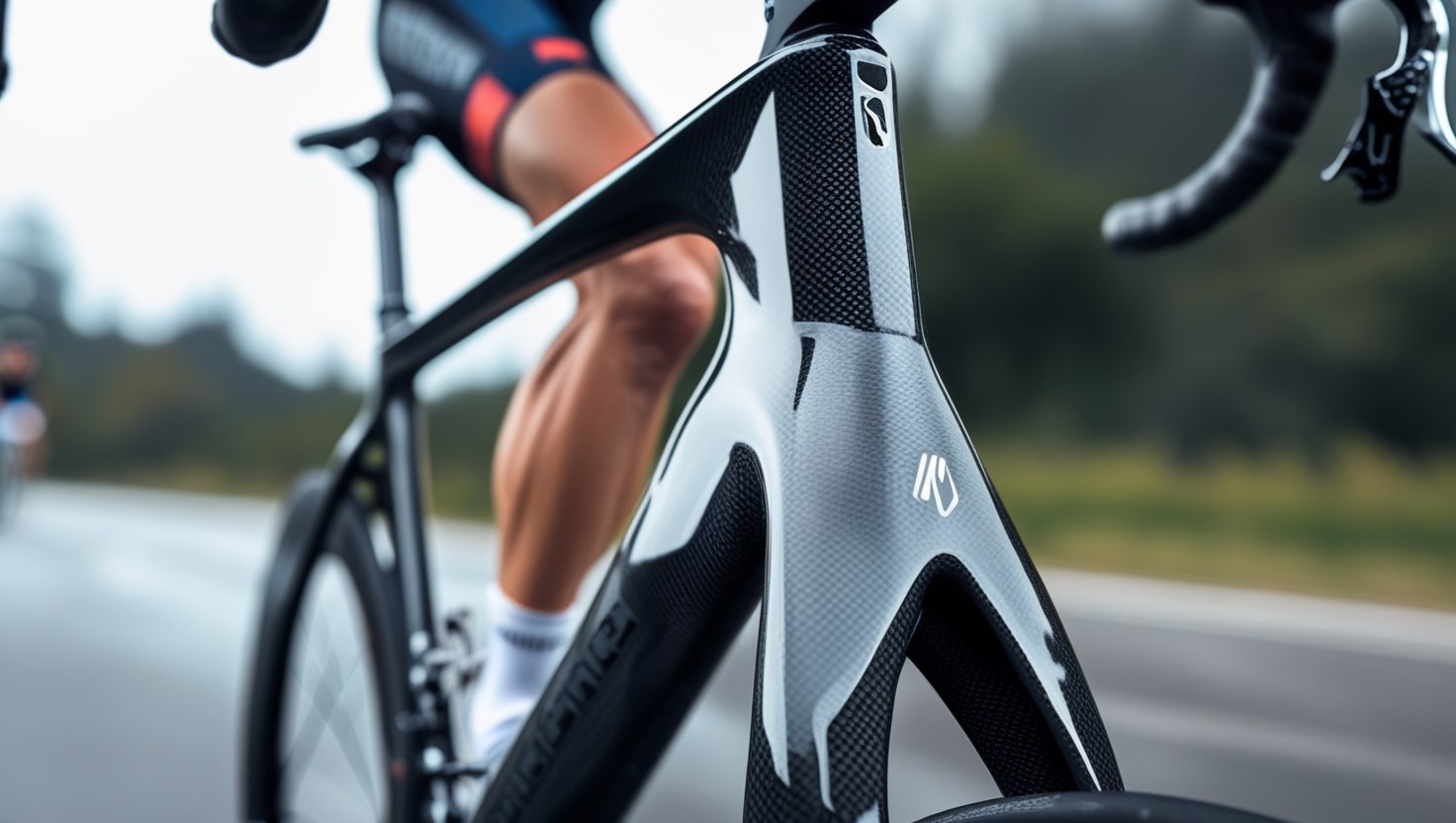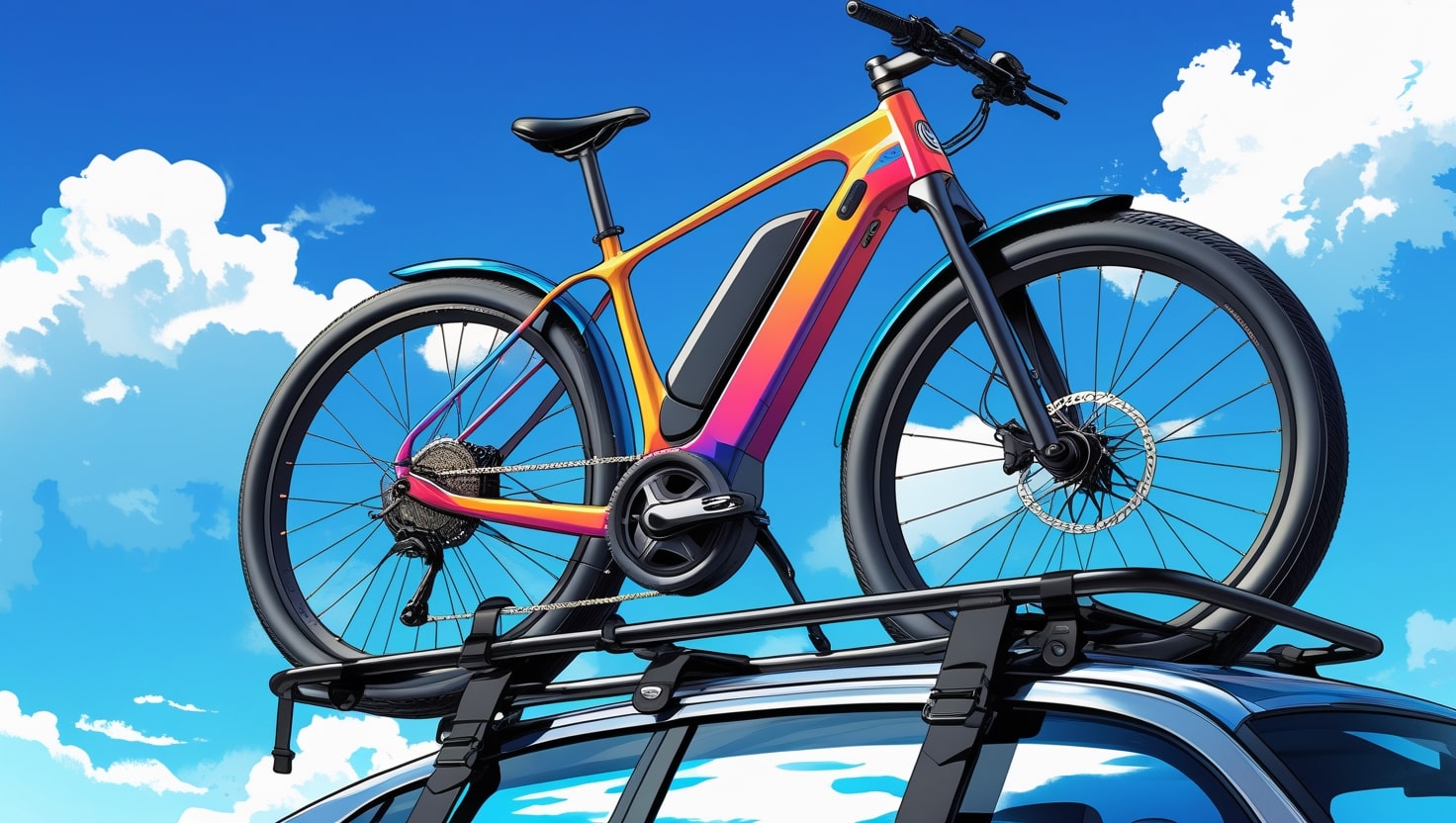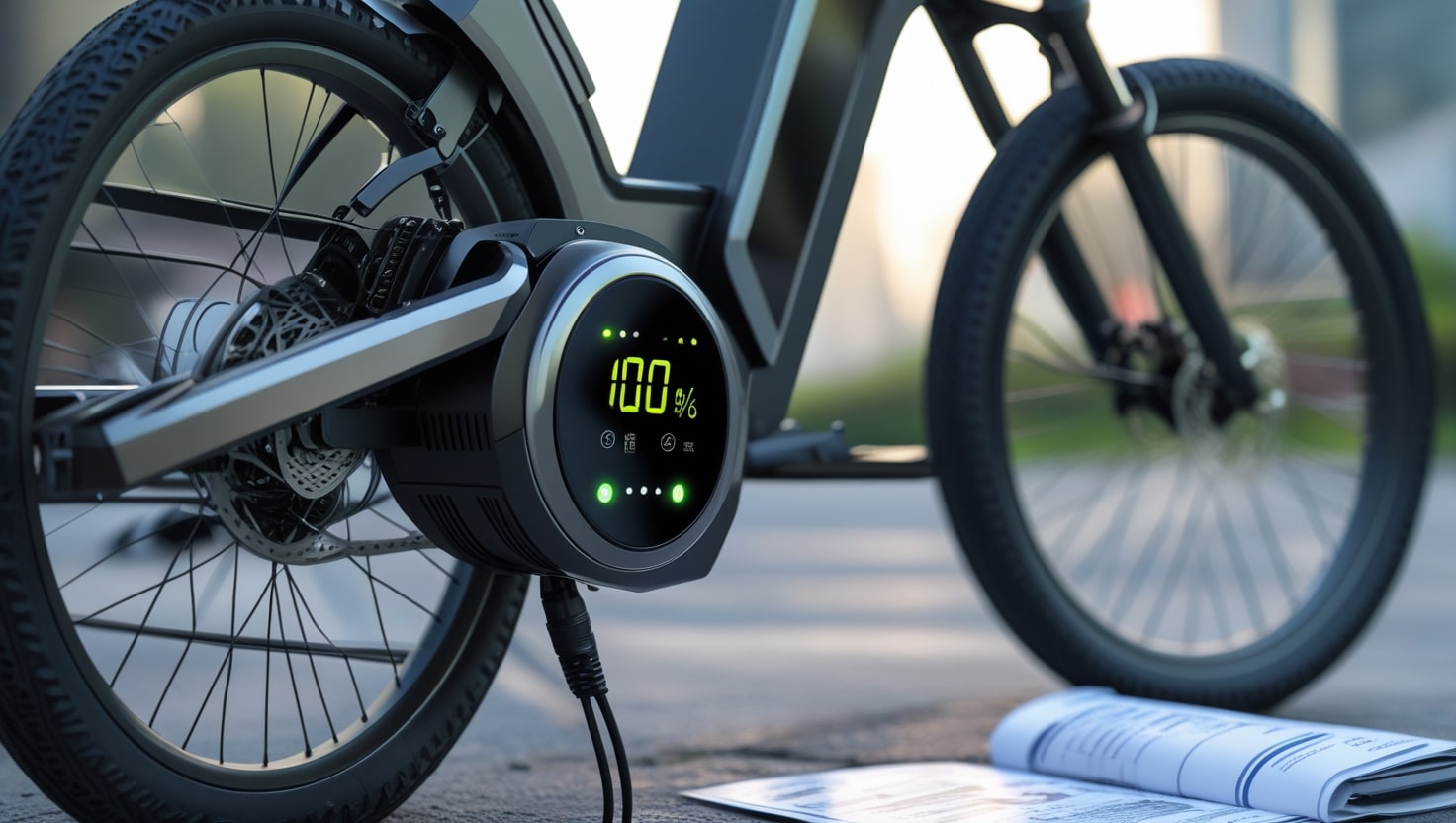After a year of riding the Trek FX6, I wanted to share an update on how the bike has held up over 1200 miles. Although the number may seem modest, balancing life and managing my late father’s estate and trust took its toll on my schedule. Still, I got enough riding in to form a solid opinion. From the original review to now, each step on the pedals confirmed the reliable nature of the FX6.
Over time, it’s become clear that the build quality and comfort aren’t just on paper—they’re something you feel with every turn of the belt. This is not just another Trek FX6 review; it’s a seasoned rider’s look at long-term performance and real-world value.
Trek FX6 review: The Goods
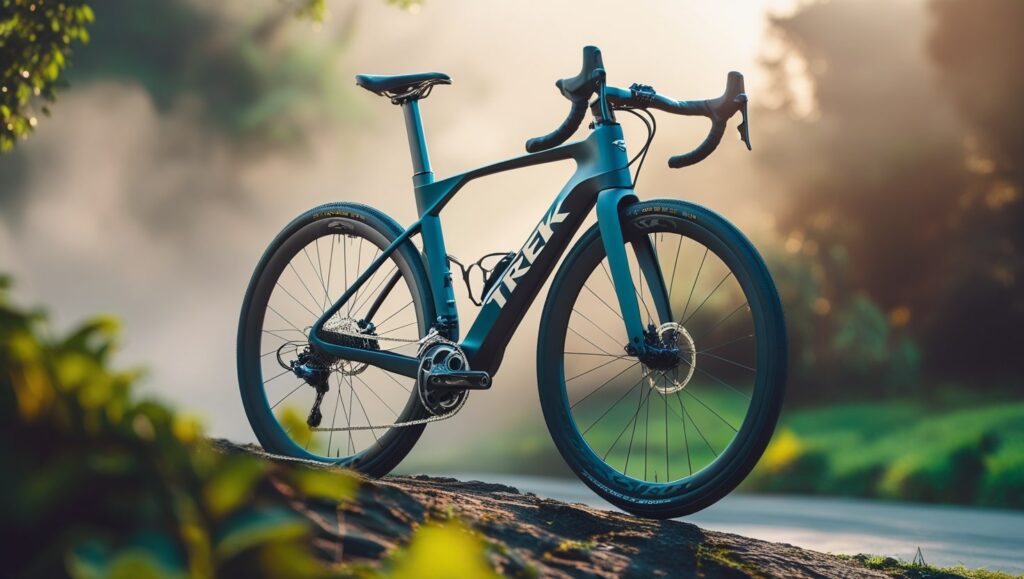
The frame on the Trek FX6 instantly impressed me with its blend of carbon and aluminum design. Having ridden older steel bikes, like my classic Lemond, I was hesitant at first, but Trek’s thoughtful use of materials changed my view. Unlike the early carbon models I remember—with tubes epoxied to metal juncture points—this build felt refined and trustworthy. The forks and overall components offer a comfortable, responsive ride, with just enough flex to soften harsh road vibrations. Trek’s clever widgets built into the frame add an extra cush factor, making longer rides smoother without losing performance.
The Shimano 105 group on this model is a true standout. Compared to my older Ultegra group, which had a failure in the bottom bracket (a non-Ultegra part, to be fair), the 105 has been extremely reliable and sharp. Shifting is fast and precise, with modern indexed control that rivals premium setups. The integration of this group with the frame is clean and efficient, and it reminds me of my vintage Specialized Allez, my first bike with a proper indexed system. It felt simple back then, and this feels like its evolved, refined cousin—just as easy to handle, but with added polish.
As for the wheels, they’ve proven strong, able to handle regular use and even some real abuse from occasional gravel or bad roads. No fancy reduced weight race lacings here—these are built to last, and they’ve stayed impressively true with only minor tweaks for truing. The sealed cartridge bearings are still smooth, and besides those light tweaks, there’s been no real maintenance needed. This is important if, like me, you want more time riding and less time fiddling with tools in the garage.
I also appreciate the brakes—specifically the TekTro units on my build. They’re progressive, easy to modulate, and strong under load. One thing I noticed though: if you store the bike upside down in the garage, the air in the system might shift and cause temporary soft levers. A little pumping usually clears it up, and I don’t blame the brakes—that’s just a quirk of hydraulic setups. But when they’re settled, they deliver performance and quality I can trust.
Trek FX6 review: The Bads
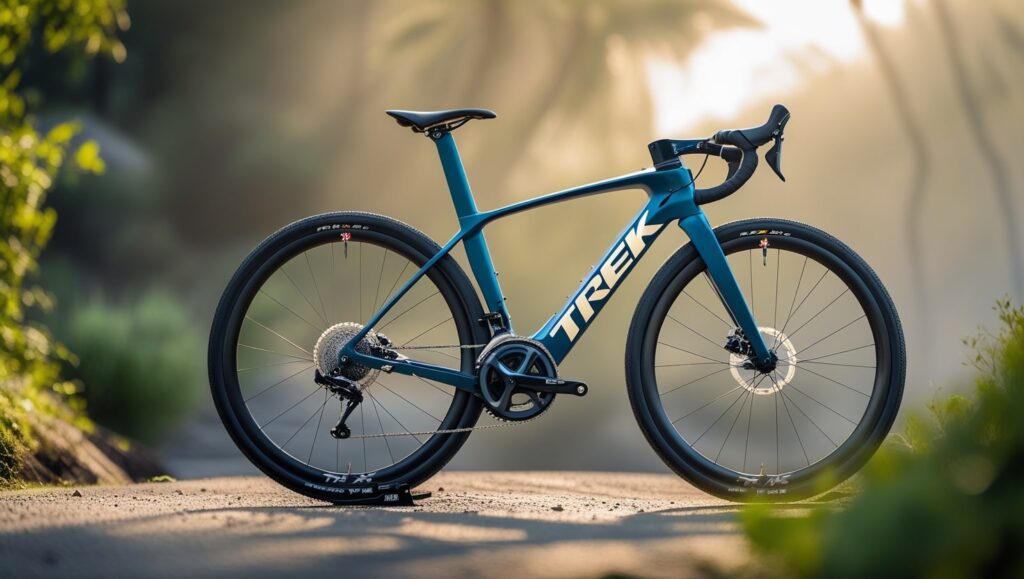
As much as I’ve come to enjoy the Trek FX6, there are a few things that make the experience less smooth. One main issue comes from the shifters and flat bar install, which create a bit of an amalgam between mountain and road setup. Since the 105 group was designed for drop bars, installing it on a flat handlebar setup meant the manufacturer had to choose a compatible alternative. They went with Shimano mountain-style shifters that are mostly comparable, but there’s a clear compromise in performance, especially when trying to shift smoothly on the rear derailleur.
The front chainrings are controlled by a triple combo shifter, and it works decently if you skip the middle index. But the rear shifting isn’t as precise. Once the cable stretches just a little after some riding, the positions go off, and things get fiddly. It’s not a total deal breaker, but it does annoy over time. The fact that this isn’t a true 2× setup makes it feel like a stopgap replacement rather than an integrated solution. I’ve even thought about a future upgrade to XTR or possibly a Di2 electronic setup, though at around $1500, it’s a stretch for many.
Another issue is with the wheels. They’re strong, no doubt, but also heavy, which affects acceleration and overall fun when riding. I’m no racer, but if I ever lose 20 pounds and get back in shape, I’ll be eyeing a shopping cart with better rims. Maybe not carbon, but certainly a lighter aluminum set. Just dropping one pound per wheel could really change how the bike feels under pressure.
Finally, at this price point, I hoped to avoid bargain components or makeshift fixes. But that’s the tradeoff in creating a hybrid style bike—you face a few dilemmas when merging comfort with speed. Whether it’s the upright riding position or the non-traditional brake/shifter layout, it’s clear there’s still room for better integration. While none of these issues are a complete break, they are worth considering if you’re a rider looking for clean compatibility without the need for constant adjustments or mid-season upgrades.
Future upgrades

Looking ahead, I already have a few components on my list that I’d like to replace. First on that list is the bottom bracket—no matter the build, it seems that even in high-end setups, builders still use a mediocre BB. I’ve had to replace this component on every bike I’ve owned over the past several years, and I’m fairly certain the FX6 will be no different. It’s a small part, but a significant one that often goes unnoticed until it creates issues.
Beyond that, I’m eyeing a full upgrade. If I can drop my weight below 220, I’ll likely swap out the heavy, though very stout, factory wheels for something lighter—possibly carbon. I’m also considering moving beyond the 105 groupset to either XTR or even a Di2 electronic setup. While that would be a pricey change, it would bring a noticeable jump in performance and responsiveness.
Final thoughts
The Trek FX6 has proven itself to be a solid performer, and honestly, a bike that gives you serious value for its price. Whether you’re cruising the road daily or just clocking weekend rides, the components hold up beautifully. I’ve been using the Elemnt cycling computer, and its integration with my tracking app, especially Strava, makes each ride more insightful without being distracting. It’s simple, effective, and syncs with everything I care about.
If the carbon version seems out of reach, the aluminum framed version is also a great pick. You can always customize it later as your budget allows, and that flexibility is what makes this setup so smart. For anyone looking to build their own routine and refine it over time, this bike delivers a platform that’s adaptable, trustworthy, and enjoyable right from the start.




